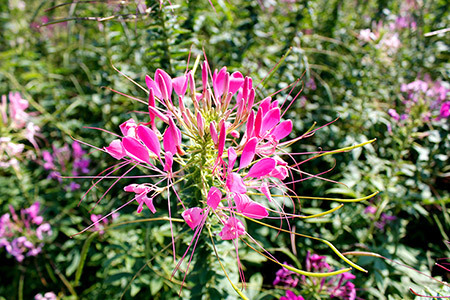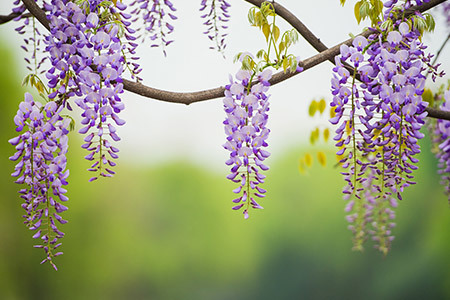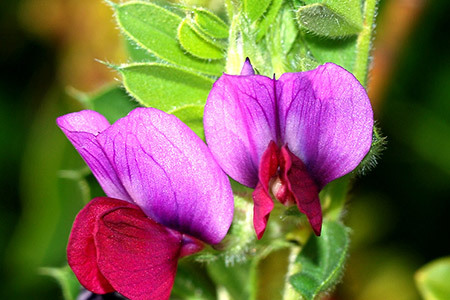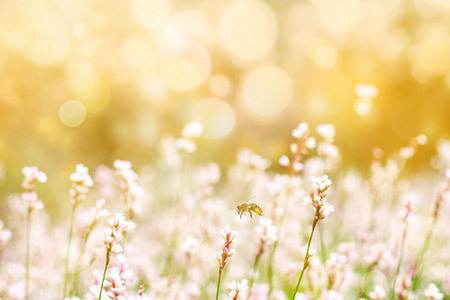Growing orchids at home and their small environment.
Release time:
2016-09-18 15:41
Source:
The biggest difference between home cultivation of Clivia and other flowers is the living environment. When growing Clivia on a balcony or windowsill, it is necessary to create an environment that is conducive to the growth of the plant while not damaging the living space. Therefore, one must think more about the harmony of the flowers in the living space. This includes properly managing issues such as fertilizer, ventilation, placement of items, etc. You need to allow your Clivia to quickly adapt to the light, temperature, and humidity conditions of the living space, and try to create a relatively stable and good growth environment for it. This space should ideally be simply isolated from other functions of the home, such as enclosing the balcony with glass or thin film to create a favorable environment similar to its natural habitat. In the past, when people bought Clivia, they only focused on the variety, regardless of whether it was purchased from a small shop or a flower market, most of the sources were in the north. If grown in the south, due to changes in environmental conditions, it needs an adaptation process. Clivia is a relatively easy plant to domesticate. The fact that its varieties have become popular in small countries indicates this.
Clivia has strong adaptability to light, high temperatures, low temperatures, and environmental humidity. To successfully grow Clivia indoors, continuous exploration is needed. In terms of the difficulty of cultivation, growing Clivia on a balcony or windowsill is relatively easy, while growing it in a glass greenhouse is more challenging, and growing it in a plastic greenhouse is the most difficult. Because the number of Clivia plants on balconies and windowsills is limited, management is easier, pests and diseases occur less frequently, and the temperature is easier to control compared to flower rooms. In summer, the temperature in the flower room is very high, and excessive shading is needed to lower the temperature, which leads to less light for Clivia and causes the leaves to stretch; in winter, the flower room needs heating, making temperature control difficult. These are disadvantages that do not exist when growing Clivia on balconies or windowsills. Due to the suitable temperature and good ventilation on balconies and windowsills, Clivia of the same variety tends to grow shorter and sturdier there, but the leaf color and brightness are somewhat inferior compared to those grown in flower rooms.
Although anyone can grow Clivia, technical issues cannot be ignored if you want to grow it well. Once you understand the growth habits of Clivia, the requirements for external environments and conditions will no longer be limiting factors. The balcony truly creates a small world suitable for the good growth of Clivia, and through your own efforts, you can find a sense of happiness and achievement.
Previous Page
Related News
Our company is a professional firm focused on selling flower seeds, forestry seeds, pasture/green manure seeds, and other types of seeds. We are dedicated to providing customers with high-quality and diverse seed products to meet various plant growth needs.
Manual for Cultivating Green Plants
Green plants are an indispensable part of our lives. They can purify the air, reduce noise, and provide a comfortable environment. This manual aims to help friends who love green plants to better cultivate various types of green plants, allowing them to thrive.
How to plant the willow-leaf embroidered chrysanthemum?
The willow-leafed chrysanthemum is a beautiful flower, loved for its unique leaf shape and vibrant blossoms. Below is an introduction on how to plant willow-leafed chrysanthemums.
Cultivation of Red Leaf Barberry
The red-leaf barberry is a deciduous shrub belonging to the Berberidaceae family and the Berberis genus, and it is a variety of barberry. It prefers sunlight, is somewhat shade-tolerant, cold-resistant, drought-resistant, and can withstand pruning. The branches are reddish-brown, and the leaves are oval-shaped, either solitary or clustered, remaining red throughout the year. The flowers bloom from May to June, are yellowish-white, and the fruits turn bright red and beautiful when ripe. It can be used to decorate flower beds and flower mirrors, and is an important tree species for color block combinations in landscape greening.
To take good care of flowers, watering them is crucial. However, many novice flower growers tend to be overly diligent, taking care of their plants even more frequently than they eat, and they feel that watering the plants a few times a day is still not enough. This can easily lead to root rot and death of the plants, which is indeed quite frustrating. In that case, why not grow a few water-loving flowers? The more you water them, the better they grow, making them perfect for those who love to water their plants frequently.
Urban greening is an important component of urban construction.
Urban greening is an important component of urban construction, aimed at improving the urban environment and enhancing the quality of life for residents. In this process, flowers play an indispensable role. They not only beautify urban spaces but also provide residents with a pleasant visual experience.
Product recommend








